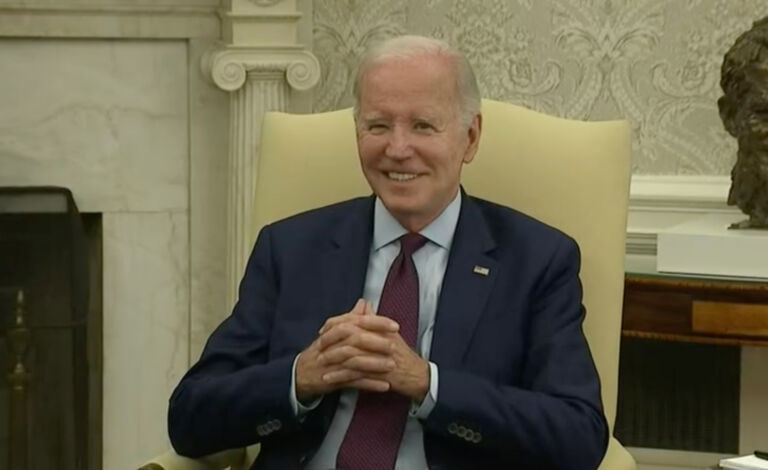North Carolina’s unemployment rate increased for the fourth consecutive month in November, according to the latest release from the North Carolina Department of Commerce.
The unemployment rate increased 0.1 percentage points to 3.9%, after a 0.2 percentage point increase in October. The national unemployment rate remained unchanged at 3.7%.
The last four months represent the first upward trend in the state’s unemployment rate since April 2020 when the unemployment rate jumped to 14.2%.
According to the release, “The number of people employed decreased 8,381 over the month to 4,925,524 and increased 141,392 over the year. The number of people unemployed increased 6,442 over the month to 200,523 and decreased 10,115 over the year.”
The state’s seasonally adjusted labor force participation rate (the number of employed and unemployed looking for work divided against the state’s noninstitutionalized civilian population above age 16) declined for the second consecutive month in November. The rate is now 60.4%. In February 2020, before the pandemic, the rate was 61.3%.
If the labor force participation were back to pre-pandemic levels, our state would have 76,382 more people in the labor force.
Moreover, inflation continues to stretch families’ budgets as it surpasses any wage gains. Over the last year, average weekly wages (not seasonally adjusted) in North Carolina have only grown 3.56%, while inflation runs hot at 7.1%. Real wages are down.
Even over the past month, average weekly wages plummeted 2.0%, from $1,057.80 to $1,037.68.
Work hours are also down. Average private work hours per week decreased over the month and over the year in North Carolina as businesses cut back on work hours.
Meanwhile, national headlines paint a rosy picture of the economy overall.
The Biden Administration and mainstream media lauded the job growth in the November Jobs Report. But the 263,000 people added to the economy came from the establishment survey of businesses. The unemployment rate comes from the household survey, which shows that employment fell. Someone with two jobs can be counted twice on the establishment survey, because they are two different payrolls, but only once on the household survey. The divergence in the two surveys, which has been going on for months, is most likely explained by a growing number of people having to take a second or third job and is a sign that the economy is running out of steam.
In North Carolina and nationwide, high inflation, increasing unemployment, and decreasing labor force participation point to a downturn. In our state, according to the latest Civitas poll, 59% of voters think we are already in a recession.


